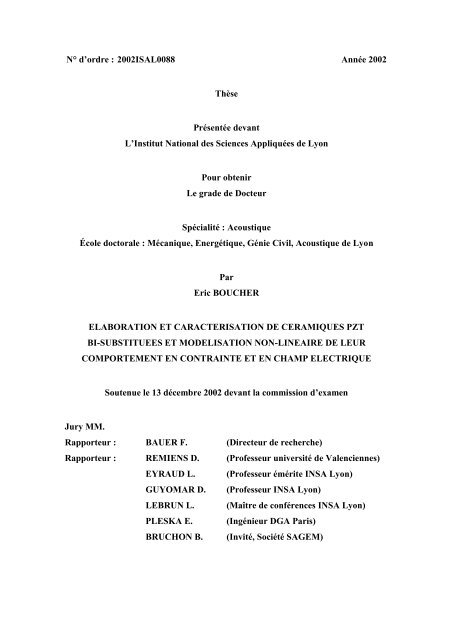Piezoelectric ceramics stand out in the vast universe of functional materials due to their fascinating capabilities. Known for their ability to convert mechanical deformation into an electric charge and vice versa, they are prominent in numerous sectors such as medicine, industry, and microelectronics. These materials, often composed of transition metal oxides, exhibit a natural electric polarization linked to their unique ferroelectric structure. The power of piezoelectric ceramics lies in their remarkable coefficients, making them key elements in the development of sustainable and innovative technologies.
Understanding Piezoelectric Ceramics
Piezoelectric ceramics represent a fascinating field that combines materials science and engineering. These materials have the unique ability to generate electricity when subjected to mechanical stress and, conversely, to deform when subjected to an electric field. Piezoelectricity, discovered by the Curie brothers, has opened new avenues of exploration in several industrial sectors.
At their core, piezoelectric ceramics are often made up of ferroelectric materials. These materials are distinguished by their ability to maintain spontaneous electric polarization, even in the absence of an external electric field. This phenomenon is explained by the microscopic organization of ions within their crystalline structure. Their inherent electric polarization is what allows piezoelectric ceramics to adjust in response to an external force, thereby generating an electric charge.
Transition metal-based piezoelectric ceramics are particularly notable. These metals are used in ceramic oxides for their exceptional properties. For example, some compounds containing titanium or zirconium are commonly exploited in this class of materials. Their combination creates a strong piezoelectric effect, allowing them to be highly effective in various applications.
The use of piezoelectric ceramics extends across a wide range of fields. They are fundamental in microsystems and microelectronics, where their ability to convert mechanical signals into electrical signals is crucial. In the medical industry, they play a key role, particularly in medical imaging equipment such as ultrasound machines. The probe of an ultrasound machine often contains piezoelectric ceramics to transform ultrasound waves into visual images, helping professionals diagnose more accurately.
In terms of assembly, a piezoelectric composite, or piezocomposite, often consists of two phases. One of these phases is a piezoelectric material, frequently in the form of ceramic. This combination enhances the mechanical and electrical properties of the composite, making it suitable for demanding applications and thereby offering increased flexibility in use.
The industrial applications of piezoelectric ceramics are numerous. They offer vast possibilities for innovation in sectors ranging from automotive, with tire pressure sensors, to aerospace, with ultra-sensitive actuators. Their high piezoelectric, dielectric, and pyroelectric coefficients make them ideal for diverse uses.
By exploring the principles of piezoelectricity and the integration of ceramics in various products, the potential of these materials to achieve higher energy yields becomes evident. Due to their intrinsic characteristics, piezoelectric ceramics constitute an important pillar in transforming so-called “grey” energy into green energy, a particularly crucial issue for any initiative focused on sustainable development and energy transition.

Q: Piezoelectric ceramics are materials that possess unique electrical and mechanical properties, allowing the conversion of mechanical energy into electrical energy, and vice versa.
Q: They are often composed of transition metals and ferroelectric oxides that have intrinsic electric polarization.
Q: They function by transforming mechanical vibrations into electrical signals, short-circuiting the reverse process for various technological applications.
Q: These materials are found in many fields such as microsystems, microelectronics, medicine, and industry for their piezoelectric, dielectric, and pyroelectric properties.
Q: Piezoelectricity was discovered by the Curie brothers and is based on the principle of electric polarization of materials subjected to mechanical stress.
Articles similaires
Thank you!
We will contact you soon.













